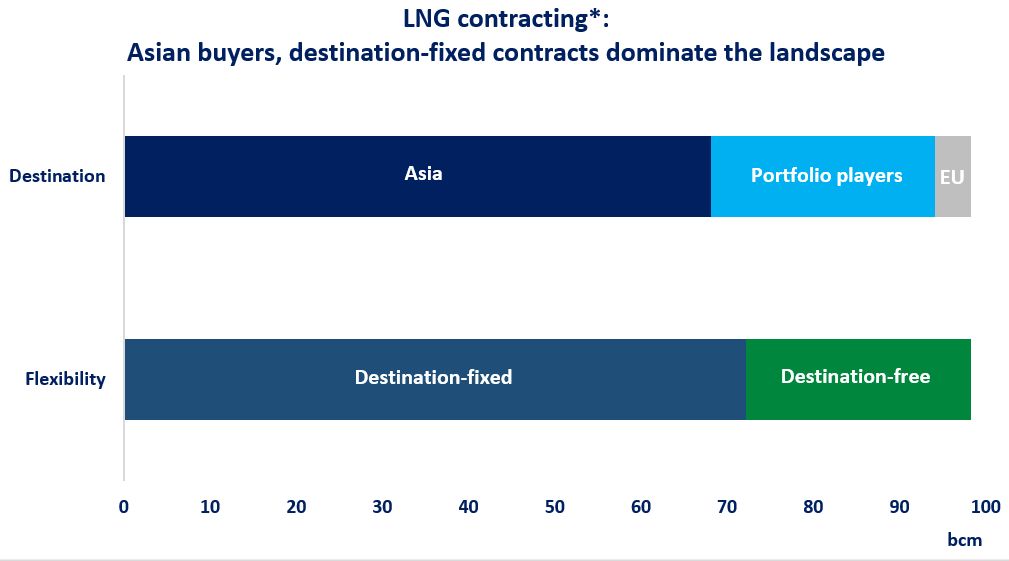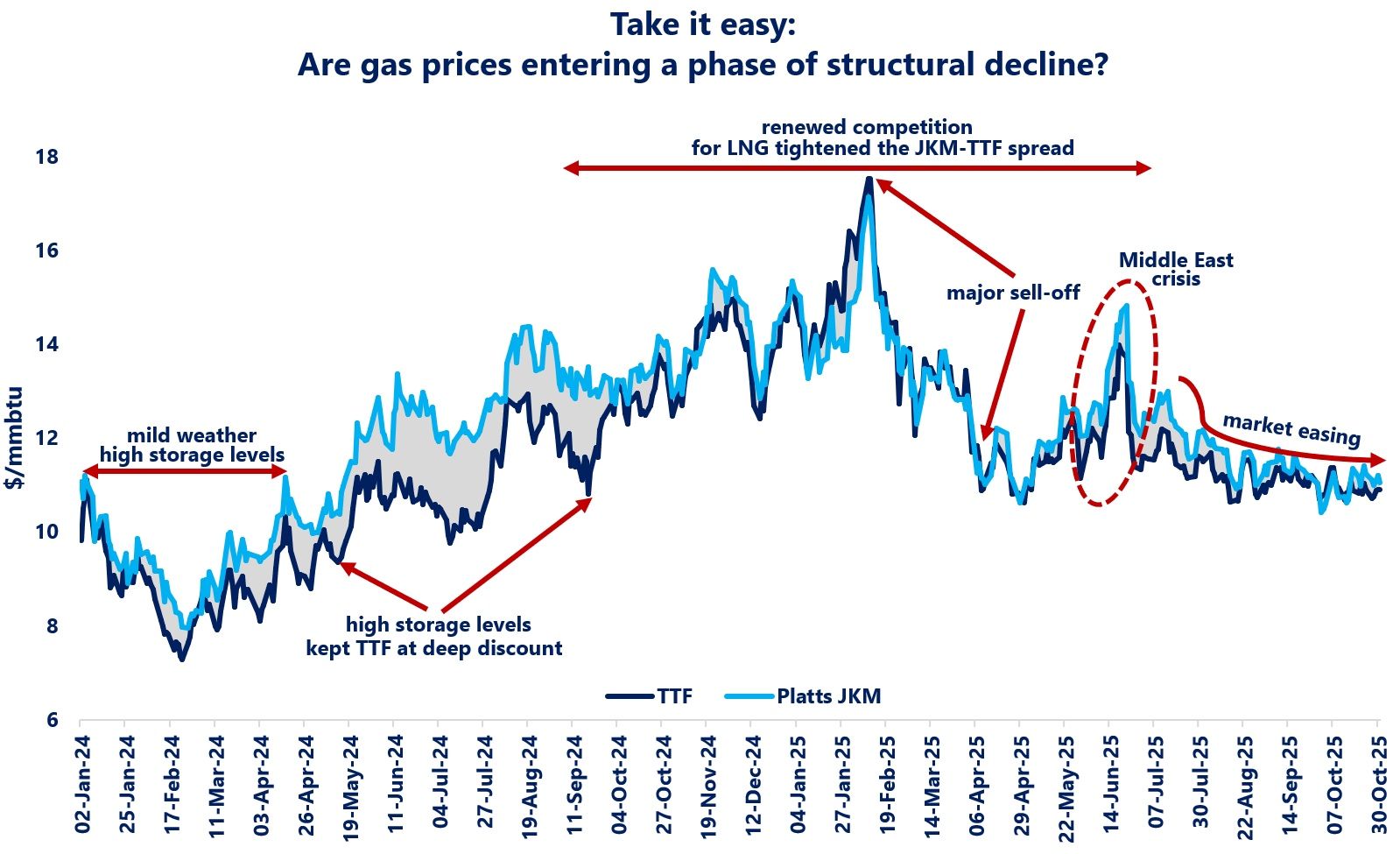

August 2023 saw increased volatility in European gas prices, as often happened in the prior years with holiday season keeping people away from their desks. Amid limited liquidity, news or even rumours about changes in supply/demand can make players feel especially nervous.
If in August 2022 it was Nord Stream turbine saga that made the headlines, this year Australian LNG facilities have become the biggest troublemaker. As with other sudden developments, it took some time for players to assess the impact of the news on balances and work through the consequences of possible strikes.
In late August, it was announced about an in-principle agreement between unions and Woodside which would limit a potential supply disruption from Australia to two Chevron-operated facilities. There is still some time for the parties to reach a compromise, but even if they don’t manage to find the common ground it looks like the effect on the global market will not be too strong. The latest sign of this is how prices across European hubs developed over the last week, following the announcement that staff at Chevron LNG facilities will strike from early September.
The question though is if the turbulence on the market has fully settled and can players now feel comfortable and secure ahead of the coming winter, with EU gas stocks filling 93% of capacity and continued weakness in industrial & gas-to-power demand?
Everyone will have their own answer, depending on how they see supply/demand in the next few months, what extreme scenarios they take into account in their analysis, what surprises the weather has in store for the gas market both regionally and globally.
With the Troll field scheduled to come back online later this week, would be interesting to watch the first post-holiday reaction of the market. Welcome to September 2023 😉
Source: Yakov GRABAR













